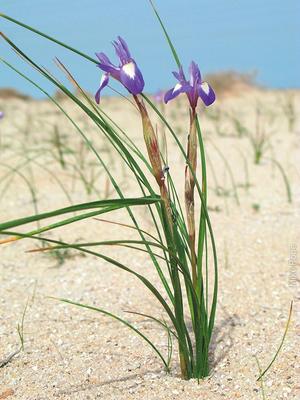 Birds may associate humans as predators so it is important that birders and photographers make an effort not to disturb wild birds. Disturbance can keep birds from their nests, leaving chicks hungry or enabling predators to take eggs or young. During hot or cold weather, or when migrants have just made a long flight, repeated flushing of birds can cause them to use up vital energy that they need for feeding. Intentional or reckless disturbance of some species at or near the nest is illegal in many countries.
Birds may associate humans as predators so it is important that birders and photographers make an effort not to disturb wild birds. Disturbance can keep birds from their nests, leaving chicks hungry or enabling predators to take eggs or young. During hot or cold weather, or when migrants have just made a long flight, repeated flushing of birds can cause them to use up vital energy that they need for feeding. Intentional or reckless disturbance of some species at or near the nest is illegal in many countries.
Promote the welfare of birds and their environment.
- Support the protection of birds and their habitats.
- Avoid stressing birds or exposing them to danger, exercise restraint and caution during observation and photography.
- Avoid chasing and repeatedly flushing birds, especially during the nesting season.
- Limit the use of recordings and other methods of attracting birds, and never use such methods in heavily birded areas, or for attracting any species that is Threatened, Endangered, or of Special Concern, or is rare in the local area.
- Keep well back from nests and nesting colonies, roosts, display areas, and important feeding sites to avoid disturbance and exposure to predators.
- Birds, nests, or eggs must not be handled except in cases of recognized research.
- Think about your field craft. Disturbance is not just about going too close. If you act carefully and use camouflage (i.e. your car as a hide) you’ll be able to get closer without disturbing birds.
- Use artificial light sparingly for filming or photography, especially when shooting close-ups.
- Before advertising the presence of a rare vagrant, evaluate the potential for disturbance to the bird, its surroundings, and other people in the area, and proceed only if access can be controlled and disturbance minimized, and permission has been obtained from private land-owners.
- Stay on roads, trails, and paths where they exist; otherwise keep habitat disturbance to a minimum.
- Share your observations with other birders and environmental organizations. Support species and site conservation and monitoring initiatives.
Respect the law, and the rights of other people.
- Do not enter private property without the owner’s explicit permission.
- Follow all laws, rules, and regulations governing use of roads and public areas.
- Practice common courtesy in contacts with other people. Your exemplary behavior will generate goodwill with birders and non-birders alike.
- Never stop your vehicle in a traffic lane to view birds. Always pull completely onto the shoulder to conduct short-term or long-term viewing. No shoulder? Don’t stop. Birding while driving is dangerous!
Group birding, whether organized or impromptu, requires special care.
- Respect the interests, rights, and skills of fellow birders, as well as people participating in other legitimate outdoor activities.
- Minimize unnecessary talk, noise or sudden movement to avoid disturbing birds.
- Follow the leaders’ pace to allow special sightings to be shared by the entire group.
- Group leader responsibilities should include being a role model for the group. Teach through word and example.
- Group leader must keep groups to a size that limits impact on the environment and does not interfere with others using the same area.
- Group leader should learn and inform the group of any special circumstances applicable to the areas being visited (e.g. no tape recorders allowed). Group leader should ensure that everyone in the group knows and practices the birding ethic.

